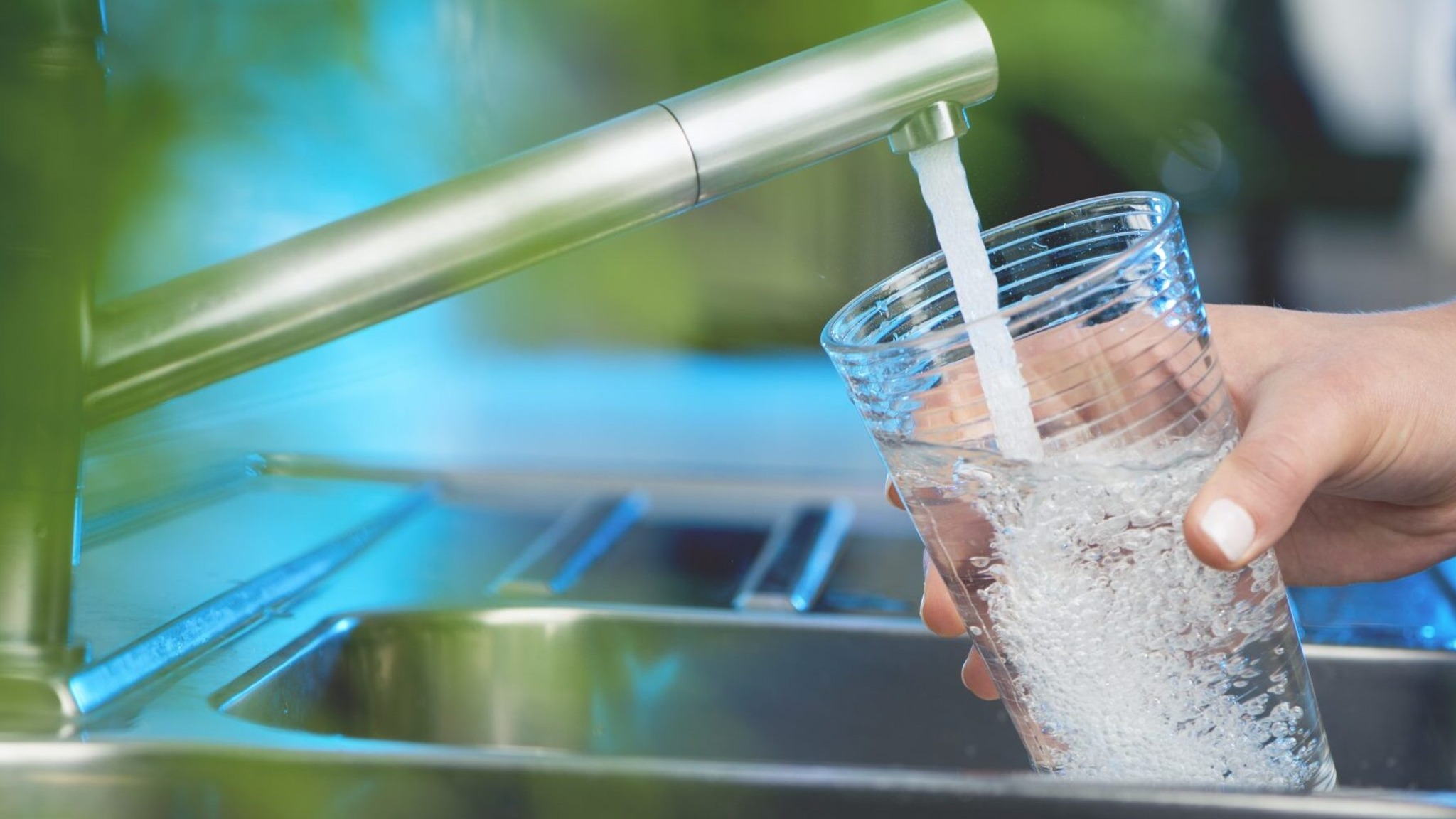Water is essential for life, and it is important to ensure that the water we drink is safe and free of harmful contaminants. While public water systems are required to meet certain safety standards, private well owners and those on private water systems need to take responsibility for their own water safety. Water testing kits can help identify potential contaminants and ensure that the water is safe for consumption.
What are Water Testing Kits?
Water testing kits are tools used to analyze the quality of water. These kits are designed to detect various contaminants in water, such as bacteria, lead, pesticides, nitrates, and more. Water testing kits come in different forms, including test strips, drops, and digital meters. Be sure to test the water before you drink it from any source. For reliable testing and results, buy a portable water testing kit here.
The Importance of Testing Drinking Water
Drinking water can be contaminated in various ways, including natural sources, such as minerals and bacteria, and human-made sources, such as chemicals and waste. Contaminated water can cause a range of health problems, from minor illnesses to serious diseases. Common symptoms of drinking contaminated water include stomach upset, diarrhea, and vomiting.
Testing drinking water is important because it helps identify potential contaminants and enables the homeowner to take appropriate action to protect their family’s health. While public water systems are required to test their water regularly, private well owners and those on private water systems are responsible for their own water safety.
Types of Water Testing Kits
There are different types of water testing kits available in the market, including test strips, drops, and digital meters.
Test Strips:
Test strips are a simple and affordable way to test water quality. These strips change color when exposed to certain contaminants in the water. Test strips are easy to use and provide quick results, but they may not be as accurate as other testing methods.
Drops:
Water testing drops work by adding a chemical reagent to a water sample. The reagent reacts with certain contaminants in the water, changing color to indicate their presence. Water testing drops are more accurate than test strips and can detect a broader range of contaminants.
Digital Meters:
Digital meters use advanced technology to test water quality. These meters measure the concentration of different contaminants in the water and display the results on a screen. Digital meters are more expensive than other testing methods, but they provide accurate and reliable results.
How Often Should You Test Your Drinking Water?
The frequency of testing your drinking water depends on various factors, including the source of water, the age of the plumbing system, and the presence of nearby contaminants. Private well owners and those on private water systems should test their water at least once a year for bacteria (bacteria in water testing kit), nitrates, and other contaminants. If you suspect that your water is contaminated or if you experience symptoms of waterborne illness, you should test your water immediately.
For those on public water systems, testing is not required but it is recommended to test at least once a year, especially for lead and other heavy metals. In case of a contamination event or boil water advisory, the water system should provide instructions on when and how to test the water.
Interpreting Water Testing Kit Results
Interpreting the results of a water test can be challenging, especially for those who are not familiar with water chemistry. Water testing kits typically provide results in parts per million (ppm) or parts per billion (ppb). In general, a higher ppm or ppb indicates a higher concentration of the contaminant in the water.
If a water test reveals the presence of a contaminant in the water, it is important to take appropriate action. For example, if the test reveals high levels of bacteria, you may need to disinfect the well or water system. If the test reveals high levels of lead or other heavy metals, you may need to install a water treatment system or replace old plumbing fixtures
Conclusion
Water testing kits are crucial tools for ensuring the safety of drinking water at home. By using a water testing kit, you can quickly and easily detect potential contaminants in your drinking water, including bacteria, lead, pesticides, and nitrates. Testing your drinking water regularly, interpreting the results, and taking appropriate action can help you protect your family’s health and ensure that you have access to safe and clean drinking water. So, if you are a private well owner or on a private water system, don’t hesitate to invest in water testing kits at home.


